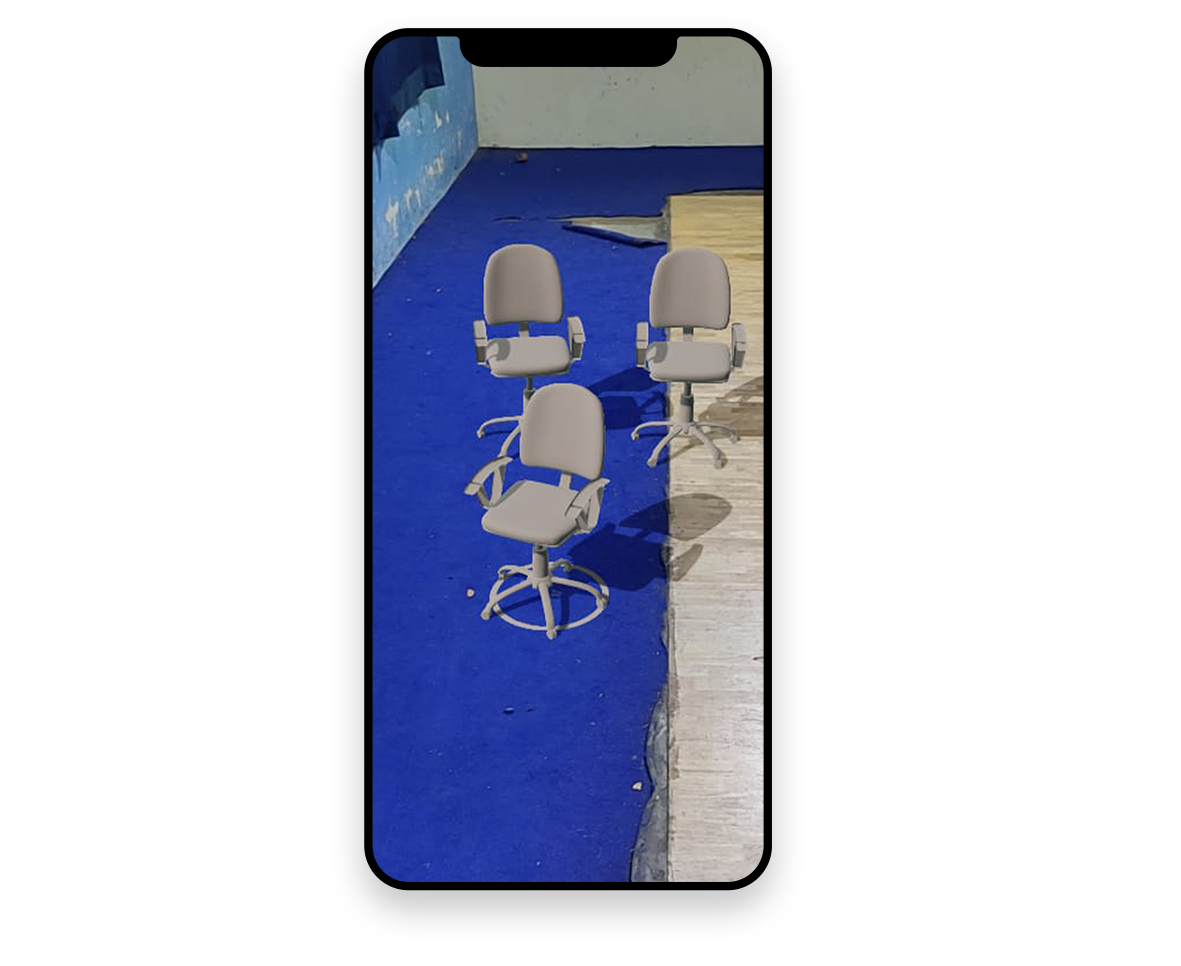E-Commerce using Augmented Reality
For our final year project we built an augmented reality mobile application that superimposed furniture on the detected plane.
MY ROLE
Team Lead
Developer
TIMELINE
NOV - FEB 2020
TOOLS
Android Studio
TEAM
Julian Samuel
Kaushik H
Harvish Kant
Sherine Glory





